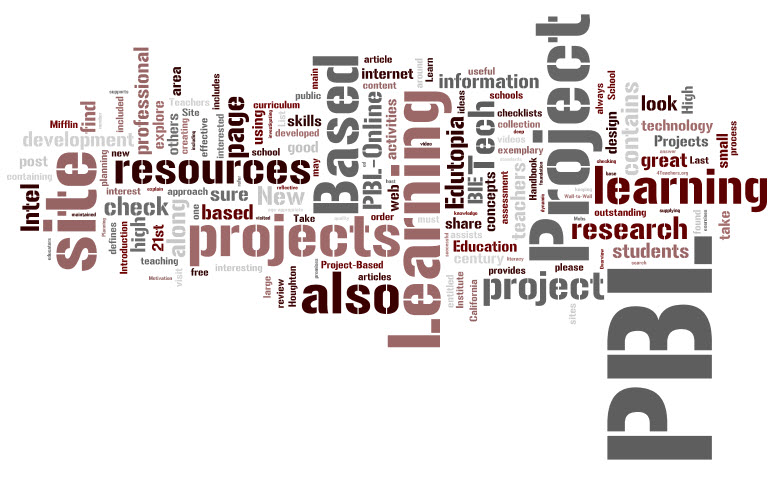This next worksheet covers commas in more detail. It looks at 8 areas in total such as:
- using commas to separate a list of ideas.
- using commas to separate day month a year.
- placing a comma before a conjunction (but, or, so)
- Separating an dependent and independent clause
and much more.
In the last section of the worksheet, I try to link commas with spoken speech. Pausing, or spoken commas, can help an English learner become more comprehensible to a listener.
I hope you find the information useful. Feel free to use and adapt it, and if you have any feedback, let me know.



